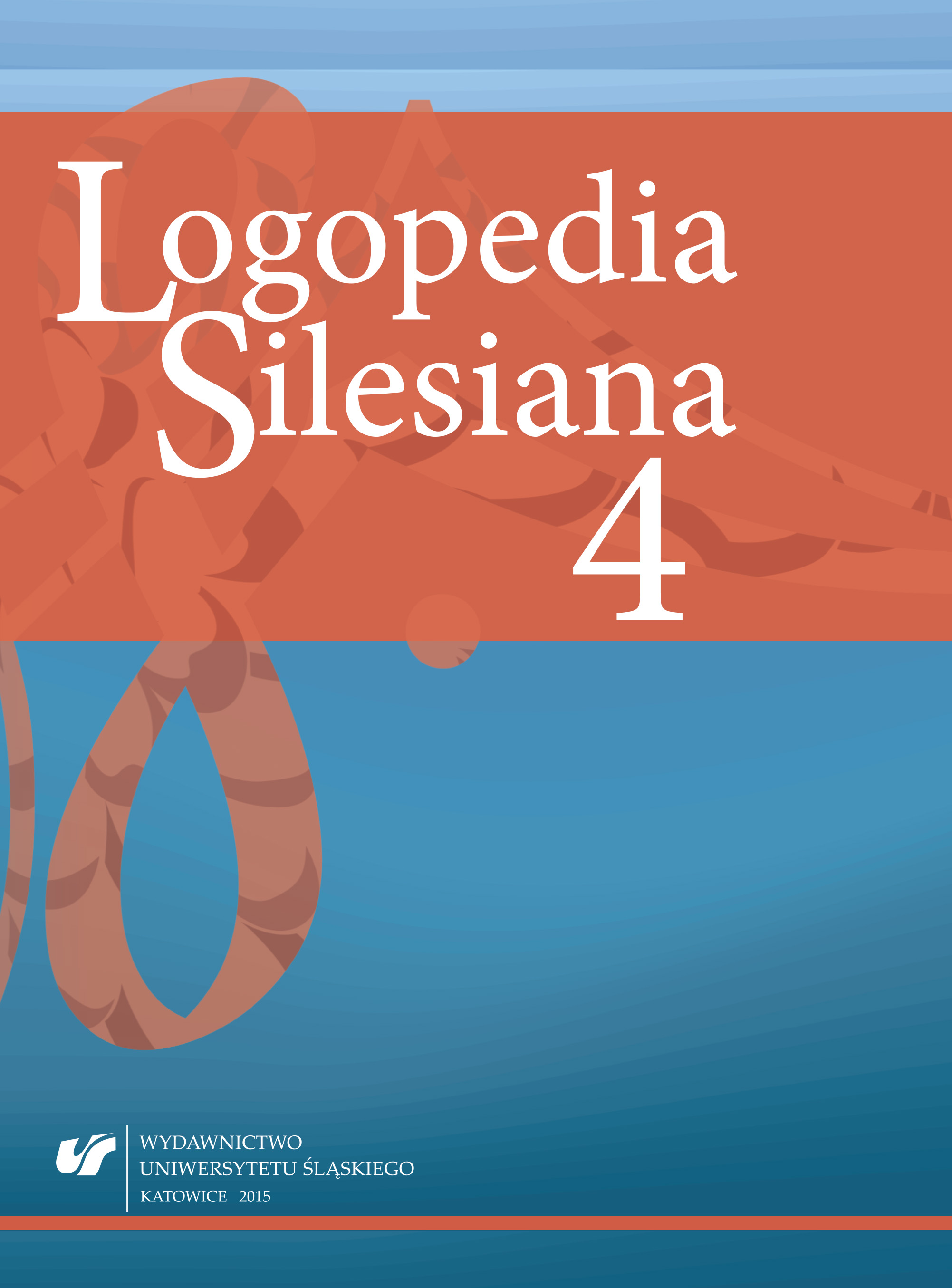

Pobierz pliki
Zasady cytowania

Nr 4 (2015)
Opublikowane:
 10.31261/LOGOPEDIASILESIANA
10.31261/LOGOPEDIASILESIANA